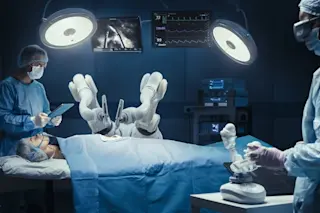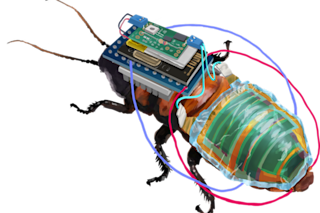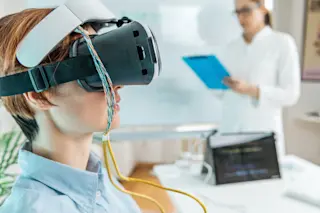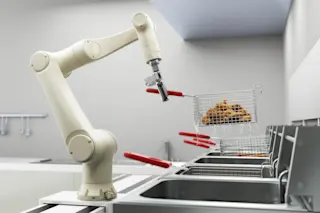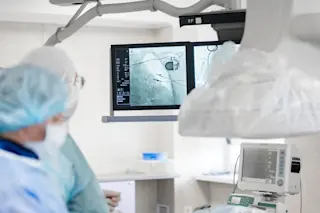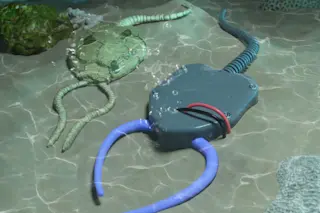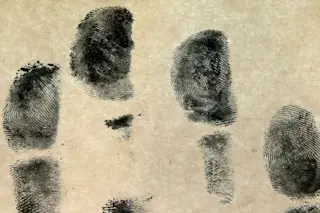Within a few decades, a surgeon may be able to make a tiny incision in a patient's artery and insert a miniature robot that would scoot along through the blood vessel to the area of concern. The microbot could remove blockages, scrape plaque off of artery walls, remove a few cells from an organ to test for cancer, or could even, eventually, carry a tiny camera to show doctors exactly what's going on inside the body. In a major step towards that science fiction-tinged surgical scenario, researchers have built and demonstrated a motor about twice the width of a human hair that could power such a microbot. Researcher James Friend says that miniature mechanics have been a long time coming.
"If you pick up an electronics catalogue, you'll find all sorts of sensors, LEDs, memory chips etc that represent the latest in technology and miniaturisation," he says. "Take a look ...
